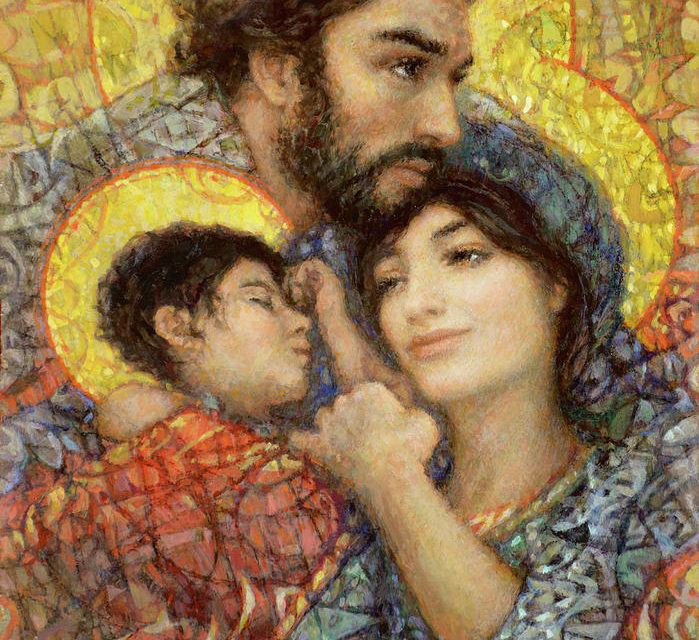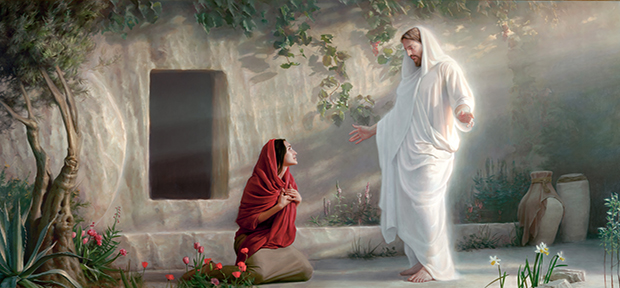Around the world, and in numerous languages, Christmas carols extol the virtues of innocence and purity, and the delicate vulnerability encompassed in the Infant Jesus. When a children’s choir sings Away in a Manger eyes glisten with tears as we hear about the Little Lord Jesus.
My own Norwegian tradition offers lovely hymns, perhaps not so well-known, but worth passing along throughout the Christian family.
In both melody and message, one of the sweetest Norwegian carols is Thy Little Ones, Dear Lord, Are We (Her kommer Dine Arme Sma). This carol carries the similar theme that we become “little” best when adoring the Newborn Babe.
Thy little ones, dear Lord, are we, and come Thy lowly bed to see.
Enlighten ev’ry soul and mind, that we the way to Thee may find.
With songs we hasten Thee to greet, and kiss the dust before Thy feet
O blessed hour, O sweetest night, that gave Thee birth, our soul’s delight.
This treasure was composed by Johann A.P. Schulz, with words by the beloved Hans A. Brorson (English translation: Harriet Krauth Spaeth). It is not sung enough today, but perhaps you, gentle reader, may help remedy this by singing it in one day in your home or parish.
The world-famous vocalist Sissel has recorded many traditional Norwegian carols, once known only to Scandinavia and emigrant enclaves. In a Christmas medley entitled “Julepotpurri” Sissel presents “A Child is Born in Bethlehem” in Norwegian, retaining the lovely lilt and pronunciation so distinctive of her native language (Glade Jul album).
With music composed by Ludvig M. Lindeman, this old treasure of a Latin hymn continues to express the incredible, and nearly incomprehensible, mystery of the Incarnation:
A Child is born in Bethlehem, in Bethlehem,
And joy is in Jerusalem. Halleluja, Halleluja!
A lowly maiden all alone, so all alone.
Gave birth to God’s own Holy Son. Halleluja, Halleluja!
She chose a manger for His bed, for Jesus’s bed.
God’s angels sang for joy o’erhead. Halleluja, Halleluja!
Give thanks and praise eternally, eternally.
To God, the Holy Trinity. Halleluja, Halleluja!
There is catechesis in these carols. From carols such as these, we learn and memorize the Infant narratives of Matthew and Luke. We sang these songs as children, and they stay with us through our whole life. They teach us that it is in our meekness that we are able to discover the glory of the Christ Child.
The second verse of Thy Little Ones, Dear Lord, Are We conveys the theme of our entrance into heaven through the discovery of the Christ Child in the verse which preceded it:
Welcome from the heav’nly home, Thou to our vale of tears art come.
Man hath no off’ring for Thee, save the stable, manger, cross and grave.
We gather round Thee, Jesus dear, so happy in Thy presence here.
Grant us, our Saviour, ev’ry one, to stand in heav’n before thy throne.
One of the most popular carols, Away in a Manger, highlights this same theme. In the first verse, we discover the little Lord Jesus. In the third verse, He leads us to heaven:
Be near me, Lord Jesus, I ask Thee to stay,
Close by me forever, and love me, I pray:
Bless all the dear children in Thy tender care,
And lead us to heaven, to live with Thee there.
Christmas carols help us understand and follow a central teaching of Christ:
Truly I tell you, unless you become like children, you will never enter the kingdom of heaven. (Matthew 18: 30)
Among all the traditions we share with our families, the carols we sing may be among the most important. May this tradition continue to “Enlighten ev’ry soul and mind, that we the way to Thee may find”.














